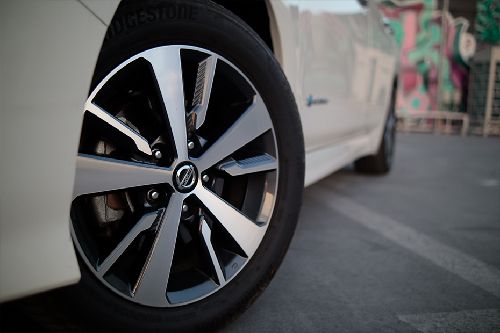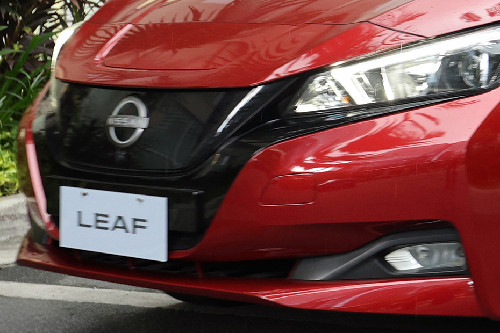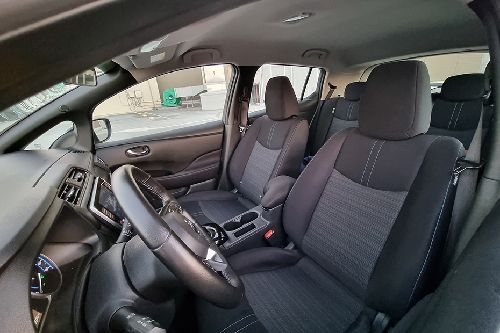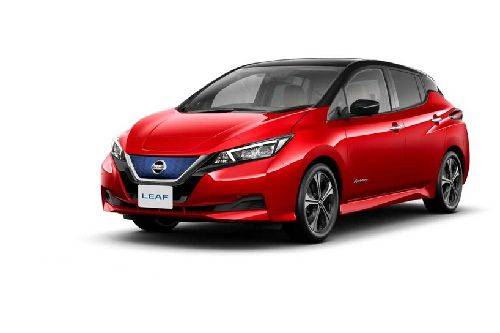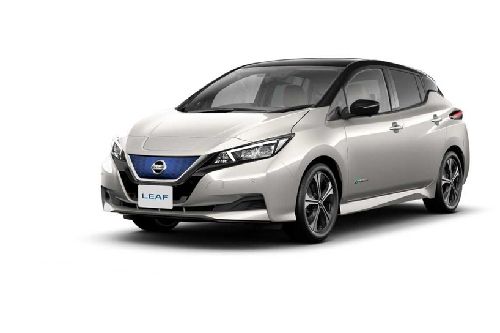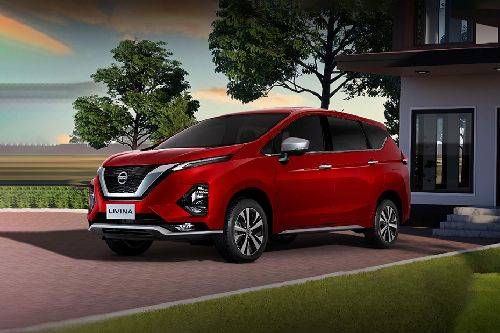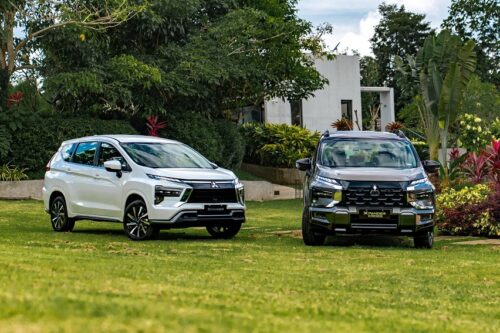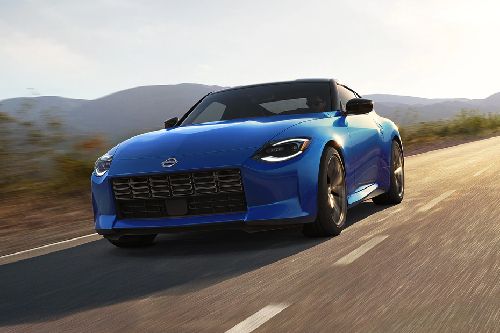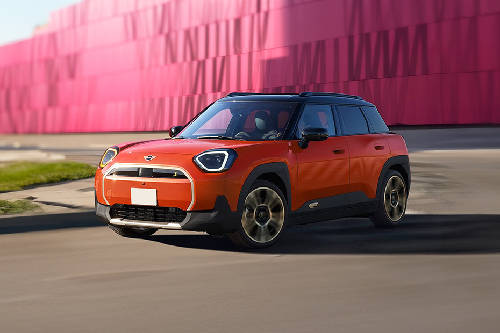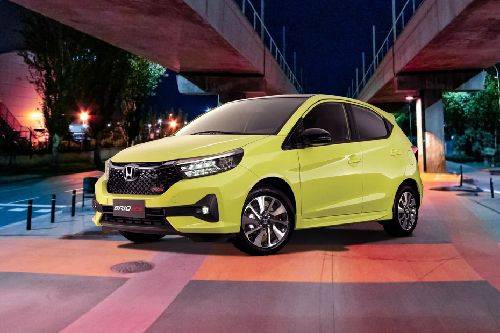By driving the Leaf, we see Nissan's push for 'Intelligent Mobility'
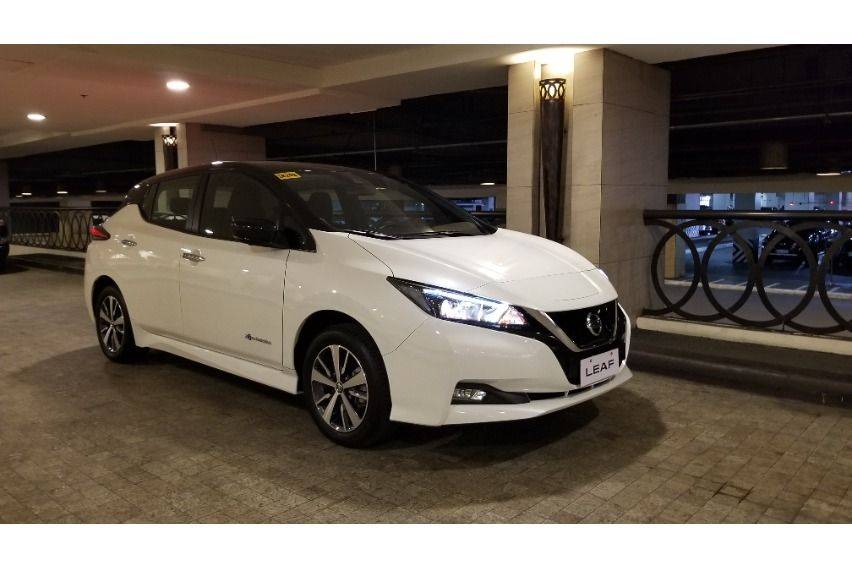
Nissan's Intelligent Mobility technology is, well, smart thanks to two reasons.
KEY TAKEAWAYS
When is the Nissan Intelligent Mobility Tour 3.0?
The Nissan Intelligent Mobility Tour 3.0 is being held at Trinoma mall, Quezon City from March 25 to 27.What can visitors enjoy at the Nissan Intelligent Mobility Tour 3.0?
Visitors can get to test drive the Almera, Navara, Terra, Patrol, and the fully electric Nissan Leaf.What can interested Nissan buyers get from the event?
Interested Nissan buyers can get up to P115,000 in savings when they purchase a Nissan model at the event.First, the Nissan Intelligent Mobility (NIM) wants to protect the vehicle occupants from every accident imaginable. In the current crop of Nissan cars, the tech prevents the vehicles from following too close to the cars they're following, veering off corners or lanes, or colliding with vehicles or objects unseen, among other abilities.
Second, Nissan Intelligent Mobility makes sure that every journey is environment-friendly as it is safe. In the Leaf, the NIM powers the car through electric power and other manner of energy-saving measures. These all ensure that the Leaf EV produces zero CO2 emissions and uses not even a drop of fuel.
It's these NIM's strengths that Nissan Philippines, Inc. (NPI) aims to highlight in the Nissan Intelligent Mobility 3.0 tour. The NIM safety gadgets are carried by the Almera, Navara, Patrol, and Terra. The Leaf carries the safety quotient, too — but combines this with the emerging power source of transportation.


And as electric is clearly becoming the future of motoring, then the Leaf makes the future all the more exciting. During the Nissan Intelligent Mobility 3.0 tour, ZIGWHEELS PHILIPPINES got to drive the Leaf, if only for a short excursion.
As expected, starting up and getting the Leaf up to speed is an eerily silent affair. After all, under the Leaf's hood is an electric motor that's mated to a 40 kilowatt hour (kWh), 350-volt battery mounted below the car's cabin. All of these drive the EV's front wheels.
The Leaf's e-power — generating 150hp and 320Nm of torque and is also mated to single-speed transmission — provides near-instant bursts of power and makes the car feel faster than its figures may suggest. That's because unlike internal combustion engines, electric power doesn't have the burden of waiting for combustion and mechanicals to kick into action.
Complementing the Leaf's initially impressive performance is a ride that's seemingly firm yet compliant, and steering that's light yet accurate enough. Meanwhile, these qualities are a match to the Leaf's spacious cabin and user-friendly controls.


Drive the Leaf like you would do a 370Z, however, and there's no way you'd reach the 311-kilometer range Nissan claims the EV can do with a full battery. Good thing Nissan has equipped the Leaf with an e-Pedal that could help in preserving the range.
Through e-Pedal, the driver uses the accelerator pedal to make the EV accelerate as normal, and once the driver eases off the pedal, the Leaf's brakes are activated until the car grinds to a halt. We think the feature stops the car a touch too aggressively even at low speeds, so e-Pedal is probably best used during stop-and-go traffic.
Another way of helping the Leaf achieve near or all of its 311km range is through the three charging processes for the EV. We learn these processes during the Nissan Intelligent Mobility Tour 3.0.
One way to charge the Leaf is the Home Charger that comes standard with the EV. Through the Home Charger plugged into a 220-volt socket, the Leaf can be charged from low battery (as indicated by the car) to full battery in around 18.5 hours.
Nissan estimates that fully charging the Leaf will cost P363. That's based on a P8.55 per kWh electricity consumption rate, with the EV's battery consuming 42.50kWh per full charge from zero-percent battery level.

The second way to charge the Leaf is through the Wall Box charger, which can be fitted to a Leaf owner's garage or at public spaces. The Wall Box can fully juice up the battery in 7.5 hours. According to a Nissan sales representative we spoke to, a Leaf owner can have a Wall Box charger fitted to his or her garage — for an additional P170,000 on top of the Leaf's SRP of P2.798 million.
Lastly, the Leaf can be plugged into a Quick Charger at select Nissan dealerships in the country. The Leaf's battery can be charged from low level to 80% capacity in as little as 40 minutes — with no charge to the Leaf owner, the Nissan sales rep added.
What's more, the Leaf can power homes, appliances, offices, or act as an alternative power source during national calamities with the car's vehicle-to-everything (V2X) two-way charging.

 If this is how advanced Nissan Intelligent Mobility is today, then imagine how smart the technology will be as time progresses.
If this is how advanced Nissan Intelligent Mobility is today, then imagine how smart the technology will be as time progresses.
Photos from Nissan Philippines and Dylan Afuang
Sell your car at the best price
 Verified and genuine buyers
Verified and genuine buyers
-
Explore Nissan Leaf
Nissan Leaf Related Stories
- News
- Featured Stories
Nissan Car Models
Don't Miss
Trending & Fresh Updates
- Latest
- Popular
You might also be interested in
- News
- Featured Stories
Nissan Featured Cars
- Latest
- Upcoming
- Popular
Latest Nissan Leaf Car Videos on Zigwheels

Compare & Recommended

|

|

|

|
|
Battery Capacity
40 kwh
|
0.216 kWh
|
51 kWh
|
48 kWh
|
|
AC Charging
(0-100%) In 7.5 Hours
|
-
|
(0-100%) In 4.5 Hours
|
(15-80%) In 5.4 Hours
|
|
DC Charging
(0-80%) In 40 Minutes
|
-
|
(10-80%) In 26 Minutes
|
(15-80%) In 42 Minutes
|
|
Fuel Type
Electric
|
Gasoline
|
Electric
|
Electric
|
|
Power
148
|
153
|
170
|
167
|
|
Driving Range
311 km
|
-
|
350 km
|
374 km
|
|
Transmission Type
Automatic
|
Automatic
|
Automatic
|
Automatic
|
|
Engine
-
|
1998
|
-
|
-
|
|
|
Trending Hatchback
- Latest
- Upcoming
- Popular
Nissan Leaf Car Articles From Carmudi
- journal
















